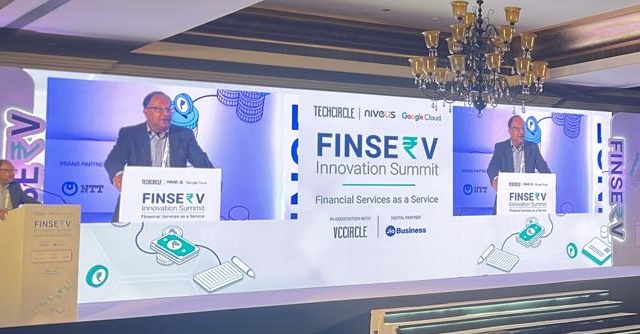
Financial innovation must keep customers at the centre of design: Rajesh Bansal, CEO, RBI Innovation Hub


A large number of Indians lack an account in any financial institution, which means, they do not participate in any basic financial products or services. Additionally, India also has the highest share of inactive bank accounts globally at 35%, as per World Bank’s Findex report 2021. These and more such alarming figures highlight the need for organisations to work towards achieving financial inclusion, in other words, providing access to affordable and useful financial products and services to meet the needs of the underserved segment.
This was the purpose of Reserve Bank of India (RBI)’s launching of its Innovation Hub in November 2020. “Since the launch we aim to create an ecosystem to facilitate access to financial services and products and promote financial inclusion,” said Rajesh Bansal, CEO, RBI Innovation Hub, while speaking at the Tech Circle Finserv Innovation Summit 2023 held on Thursday in Mumbai.
Bansal explained with an example. He said that the RBI innovation hub announced last September a project for end-to-end digitalisation of Kisan Credit Card (KCC) lending. With this initiative, loans can be given to farmers in a matter of days and at one-tenth of the cost that took months earlier and farmers had to bear the brunt of middlemen interference owing to lack of knowledge and support. The project runs in selected districts with partner banks, and will soon expand to other regions as well. The initiative, according to Bansal, can become a game changer in digitalisation of India's rural finance.

Bansal further noted that most service providers, be it banks or fintech companies, do not take into consideration the customers at the centre of the design. They either call it ‘technology’ or “business innovation’ but that needs to change. Bansal recommended banks to come up with apps and platforms with user-friendly designs and adaptive menus, to suit customer’s hyper personalised needs. For example, the needs of men and women especially in the rural areas are entirely different, he said.
And it is for these purposes, banks and financial institutions should partner to come up with robust business models, innovative schemes and services, focusing on rural credit growth to cater to the requirements of agriculture and allied activities, ancillary industries and small businesses. They should also collaborate with governments and other stakeholders to enable an environment toward achieving a higher bottom line.
